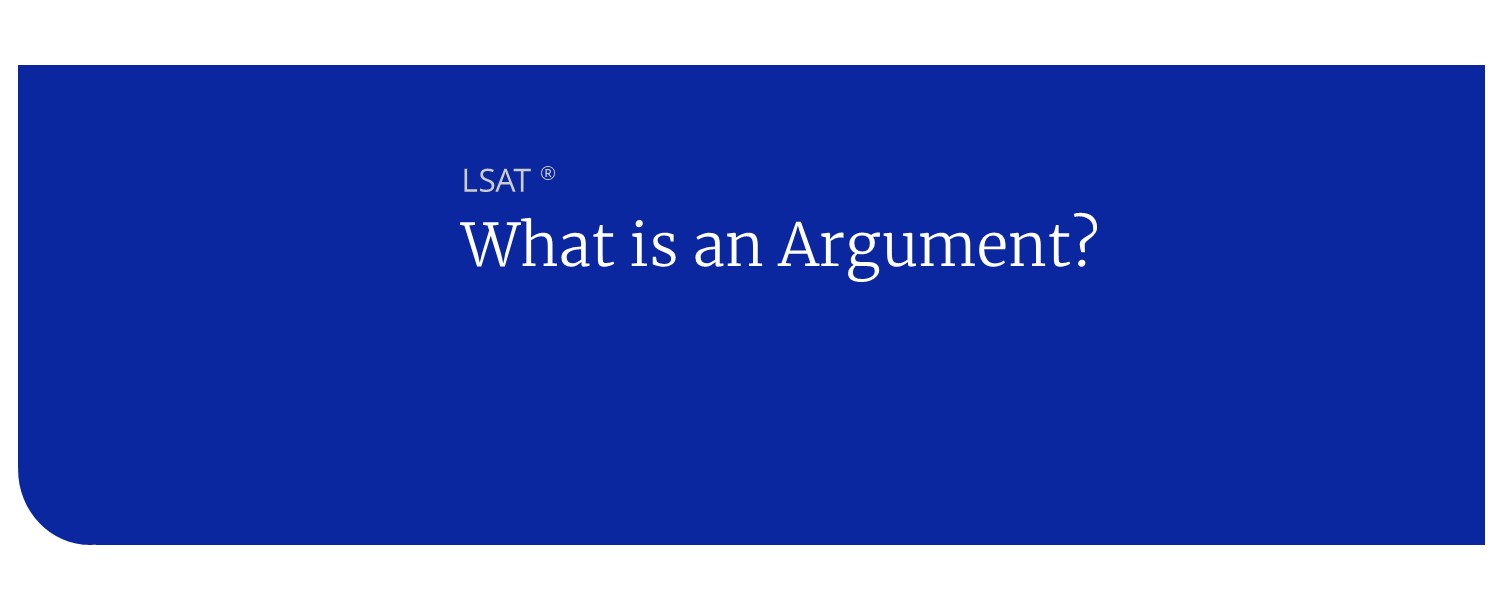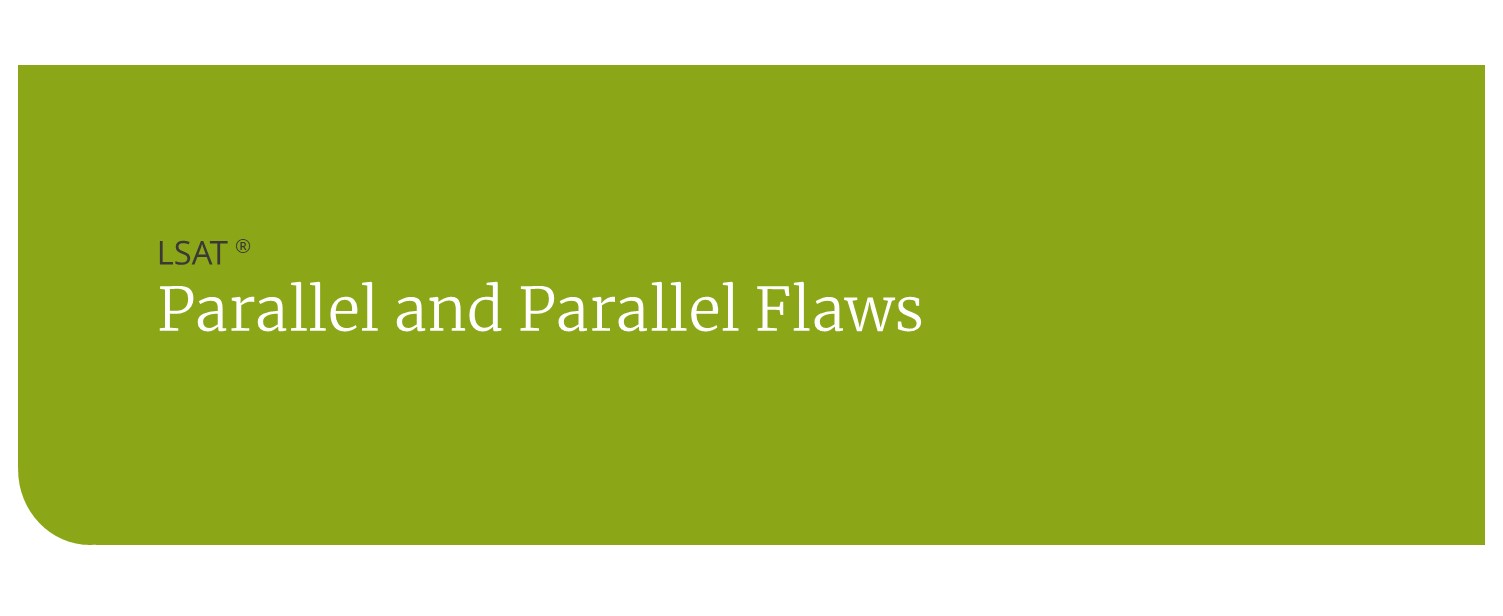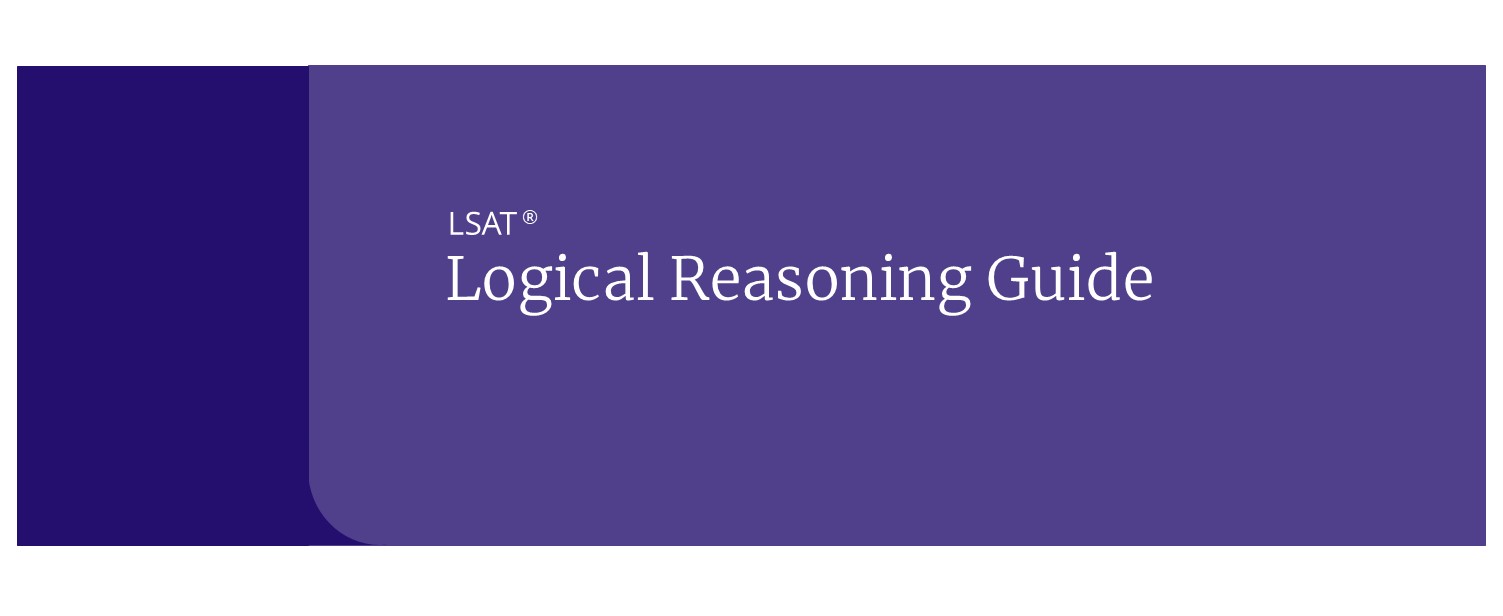LSAT Logical Reasoning: What is an Argument?
Logical Reasoning, or LR, is one of two types of multiple choice questions on the LSAT. According to the official LSAT website, LSAC, logical reasoning questions test your ability to “analyze, critically evaluate, and complete arguments.” So what is an argument?
An argument may be something you think of as occurring in politics (two sides arguing over an issue such as the payroll tax cut), or as part of a celebrity feud, but in LSAT terms, an argument is not a conflict at all. An argument is simply a declarative statement supported by examples.
The LSAC states that there are ten concepts tested in Logical Reasoning:
- Recognizing the parts of an argument and their relationships
- Recognizing similarities and differences between patterns of reasoning
- Drawing well-supported conclusions
- Reasoning by analogy
- Recognizing misunderstandings or points of disagreement
- Determining how additional evidence affects an argument
- Detecting assumptions made by particular arguments
- Identifying and applying principles or rules
- Identifying flaws in arguments
- Identifying explanations
These LSAT concepts will be based on a short passage accompanied by one (or occasionally two) multiple choice questions. The questions can ask about any part of the argument: the conclusion, the evidence, the assumptions, or it can ask how an outside piece of information relates to the argument (parallel reasoning, complete the passage, additional evidence, etc.)
While the subject matter for logical reasoning is vast, the actual vocabulary of the passages is quite simple. Passages can come from newspapers, magazines, scholarly journals, advertisements, or mock conversations. The arguments are designed to mock the type legal reasoning you’ll be required to know in law school in both their format and complexity, but the arguments themselves will not always be explicitly about the law, and you’ll notice that they are easily read and understood from an RC standpoint.




